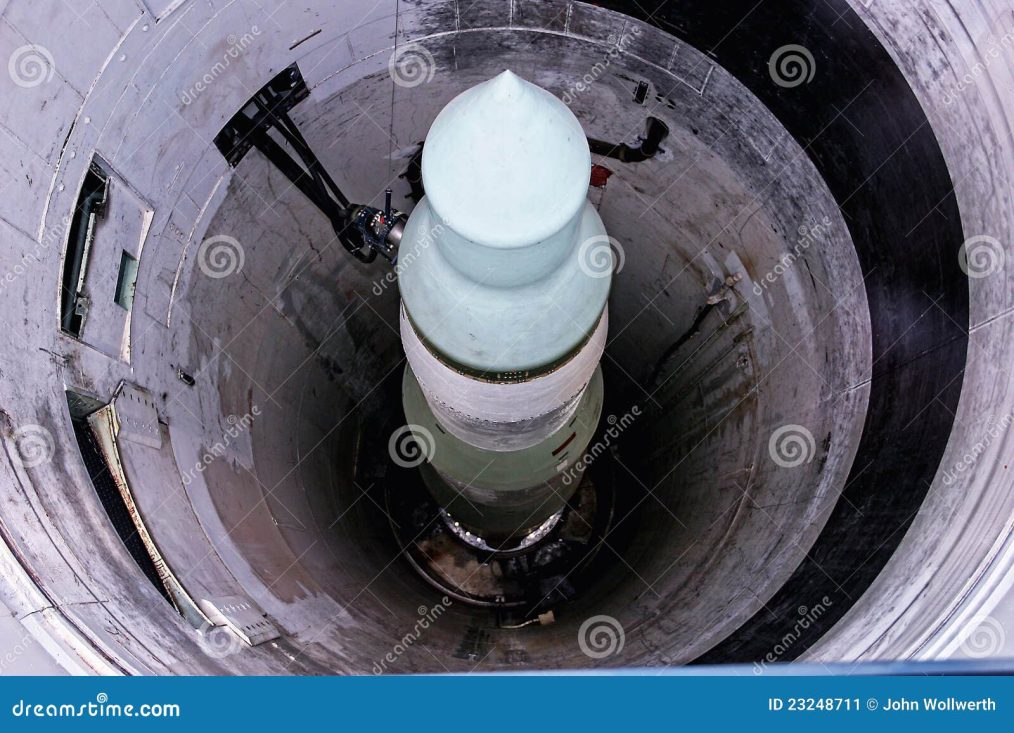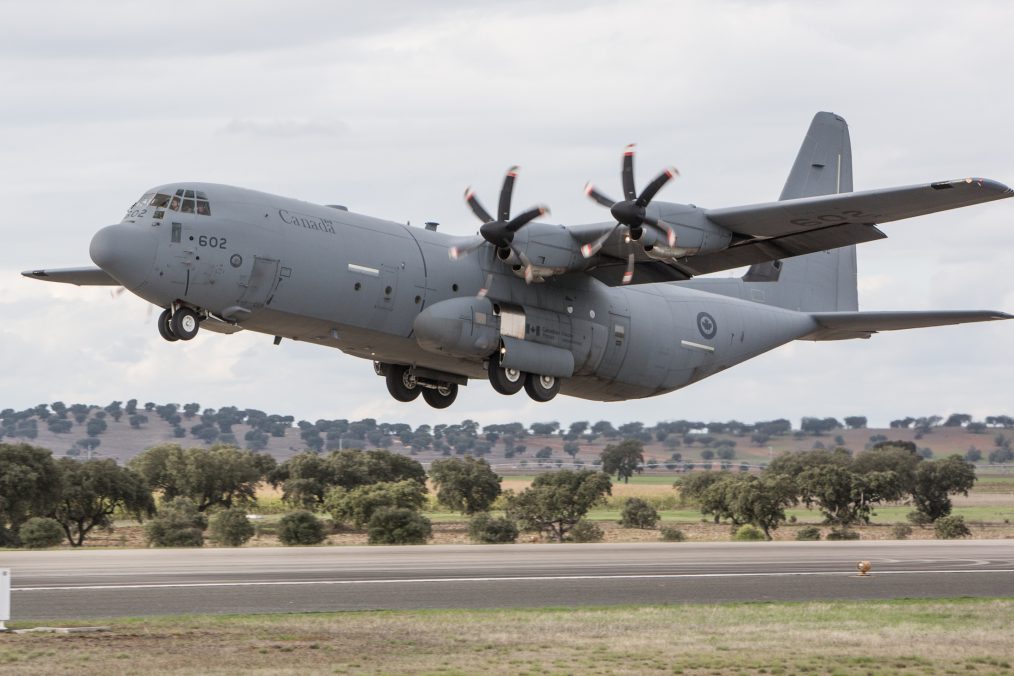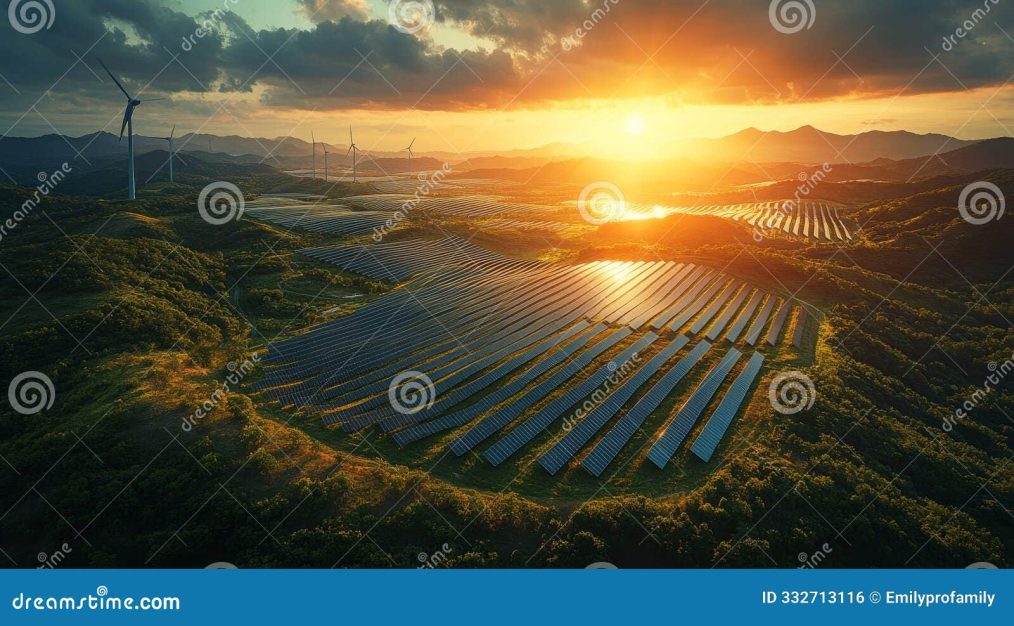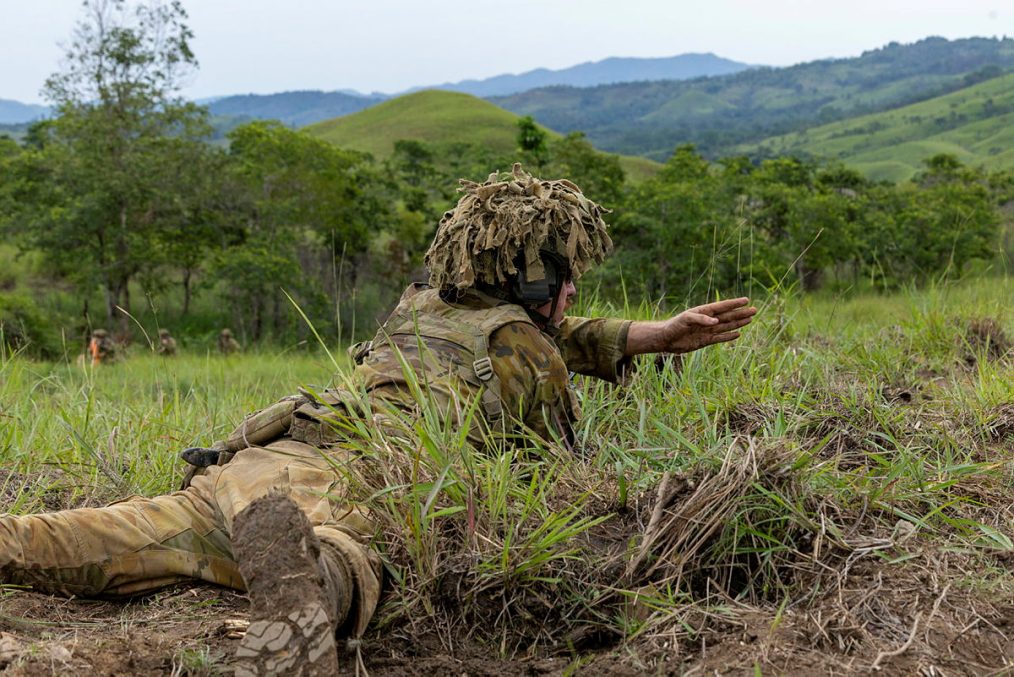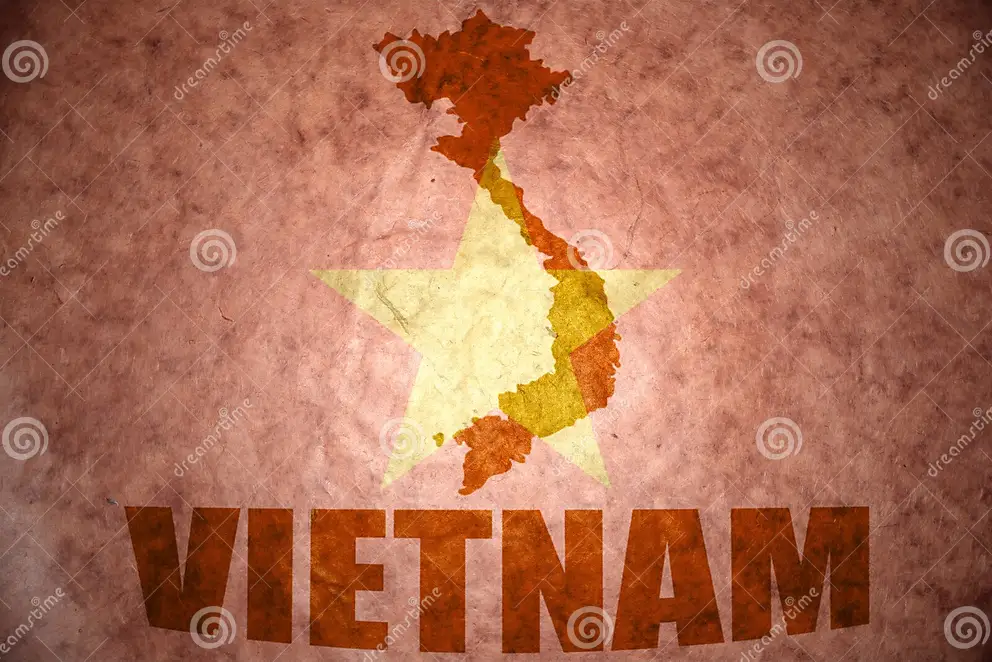The Krakow Times
Russian President Vladimir Putin has escalated global tensions by ordering the RS-28 Sarmat, nicknamed the “Satan II,” intercontinental ballistic missiles to be combat-ready as quickly as possible. The move comes amid reports suggesting the West has entertained the idea of providing Ukraine with nuclear weapons, a scenario Moscow has deemed catastrophic.
What is the Satan II?
The Satan II missile, officially known as the RS-28 Sarmat, is touted as one of the most advanced intercontinental ballistic missiles (ICBMs) in the world.
- Key Capabilities:
Designed to deliver multiple nuclear warheads across vast distances, the Satan II can strike targets thousands of miles away, including in Europe or the United States. - Development Setbacks:
Despite its fearsome reputation, the weapon’s development has been marred by delays and failures. Notably, a significant explosion at Russia’s only hypersonic weapons testing facility in September dealt a major blow to the missile’s testing timeline.
Putin’s renewed push for readiness suggests a desire to project strength despite these setbacks.
West’s Nuclear Provocation?
The Kremlin’s heightened alertness follows unverified reports that the West may be considering the nuclear armament of Ukraine—a prospect that Russia views as an existential threat.
- Russia’s Reaction:
Maria Zakharova, spokesperson for Russia’s Foreign Ministry, condemned the notion of arming Ukraine with nuclear weapons as “insane.” She warned it would push the world to the “brink of catastrophe,” highlighting the global consequences of such a move. - Blame Game:
Zakharova accused Ukraine and its Western allies of engaging in “irresponsible actions” that have led to the current escalation. Russia’s leadership has framed these tensions as a Western provocation rather than a reaction to its own aggressive policies.
Global Implications
This dramatic turn has raised concerns about the stability of international security. While the prospect of arming Ukraine with nuclear weapons remains speculative, Russia’s aggressive posture signals a willingness to escalate its nuclear rhetoric and capabilities.
The international community now faces a critical challenge: preventing further escalation while addressing the root causes of the conflict in Ukraine. Without urgent diplomatic intervention, the risks of a nuclear miscalculation loom larger than ever.
The Australian Defense forces may not look it but they have a very powerful and advanced equipment; Due to their association and alliance with the United States. Either its a pistol, rifle, tank, ships, aircrafts, radars, combat systems, or even survival military knifes; in this video we have covers all the Australian army, navy, and air force equipment; including the public records of quantities.
The story of Lockheed’s C-130 Hercules, the super versatile aircraft, and one of the few judgment errors made by Kelly Johnson, who famously said: “Hibbard, if you sign that letter,” Johnson said, pointing to the cover sheet that was to accompany Lockheed’s C-130 prototype proposal to the U.S. Air Force, “you will destroy Lockheed.” He thought the Hercules, which had all the style and grace of a road grader, was so ugly that the company wouldn’t sell enough to recoup its considerable development expenses. Fortunately, his boss, Lockheed V.P. Hall Hibbard, overruled the Emperor of Burbank. Some said that Johnson hated the Herk because it couldn’t shoot, drop bombs or go supersonic. Nor did it help that it was only Lockheed’s second four-engine production airplane and that the first, the Constellation, was one of the most beautiful aircraft ever to fly.
Montage of Aussie soldiers/ Special Forces Operators that are among the very best in the world and kicking ass and punching well above their weight for decades without the Hollywood fanfare of US military forces and alike. Because Australia’s Defence Force is relatively numerically small compared to Western counterparts, it has instead focused on very high-quality training, an extremely high level of abilities, professionalism and sheer physical toughness of our soldiers that are second to none and reflects the tough no bullshit attitude of the Australian spirit! Although I once served as an infantry reservist (SFMG platoon RQR) in the early 90s, I was unfortunately never a Special Forces operator, but did cross paths with some and they were as hard as nails tough soldiers yet polite and helpful and gained my deepest admiration!
ED: This Documentary runs for 48 minutes
Only five years after the end of WW2, the major nations of the world are once again up in arms. A global UN coalition and an emerging Chinese juggernaut are fighting it out in a war that will see both sides approach the brink of victory – and defeat.
I need assistance from our members. I have been working behind the scenes to locate two individuals, but unfortunately, I have drawn a blank with my contacts. So now I’m turning to you in the hope that someone can help.
First, I am trying to locate a family member of the late Lt. Col. Jim Bourke (Ret.). Jim Bourke was the founder of the group Operation Aussies Home. Susan Essex-Clark has some items that should be returned to his family. If you have any contact with Jim’s family, please email me at hq@frontline.asn.au
Secondly, I need to get in touch with Bob Breen, author of First to Fight. We believe he may be able to assist Luke Johnston from Vietnam Heritage with information about the 1966 Operation Rolling Stone. If you have contact with Bob Breen, could you please ask him to reach out to me at hq@frontline.asn.au
Thank you for your help.
Ray Payne OAM
In Australia, the debate over nuclear energy continues to intensify, with opposition from Labor, Greens, and Teals raising questions about the real motivations behind their stance. Critics argue that these groups’ resistance to nuclear power isn’t grounded in environmental concerns but rather in protecting the interests of billionaires and union-controlled superannuation funds invested heavily in renewable energy.
Renewable energy sources like solar panels and wind turbines are often championed as the future of clean energy. However, their lifecycle is significantly shorter than nuclear power. Solar panels and wind turbines typically require replacement every 15–20 years, creating a consistent demand for new installations. This built-in obsolescence ensures a perpetual revenue stream for corporations and billionaire investors, many of whom have positioned themselves as leaders in the renewable sector.
By contrast, nuclear power plants have operational lifespans of 60–80 years, with potential extensions beyond that through technological advancements and refurbishments. Once established, nuclear plants provide stable, reliable, and cost-effective electricity, with minimal need for ongoing replacement or reinvestment.
Despite claims that renewables are becoming cheaper, much of their true cost is obscured. Subsidies and off-budget expenses, such as infrastructure upgrades and grid stabilization costs, are often omitted from public discussions. When these hidden costs are factored in, nuclear power emerges as a more affordable and sustainable option over the long term. Unlike renewables, nuclear doesn’t rely on weather conditions, offering consistent energy output around the clock.
Union-managed superannuation funds have poured billions into renewable energy projects, creating a strong financial incentive for unions and, by extension, the Labor Party to resist any policy shift toward nuclear power. These investments ensure that unions benefit from the renewable energy boom, even as Australians bear the burden of rising electricity prices and an unreliable power grid.
Australia is already experiencing the consequences of an over-reliance on renewables. The intermittent and unreliable nature of solar and wind energy has led to higher electricity prices and frequent supply shortages. Despite this, Labor, Greens, and Teals continue to oppose lifting the nuclear ban, effectively locking Australia into what critics describe as the world’s most expensive renewable energy experiment.
Allowing nuclear power in Australia could revolutionize the energy landscape. With fewer exceptions, nuclear could render most renewables redundant once an honest cost comparison is made. However, entrenched financial interests and political alliances are preventing this shift, condemning the country to an uncertain energy future.
If Australia is to achieve energy security and affordability, policymakers must prioritize the long-term benefits of nuclear power over the short-term gains of renewable investments. Ending the ban on nuclear energy is not just a matter of practicality—it’s essential for ensuring a reliable and sustainable energy future.
The Australian Army and Papua New Guinea Defence Force are partnering for Exercise Wantok Warrior 2024, an annual training exercise in PNG to enhance our longstanding relationship. ADF members, primarily from the Australian Army’s 3rd Brigade, are training with their PNGDF counterparts in Wewak to conduct infantry focused combined arms assault serials using air-mobile and amphibious assets. Wantok Warrior is a longstanding exercise and continues to build shared understanding, professionalism, leadership, discipline and military capability.


